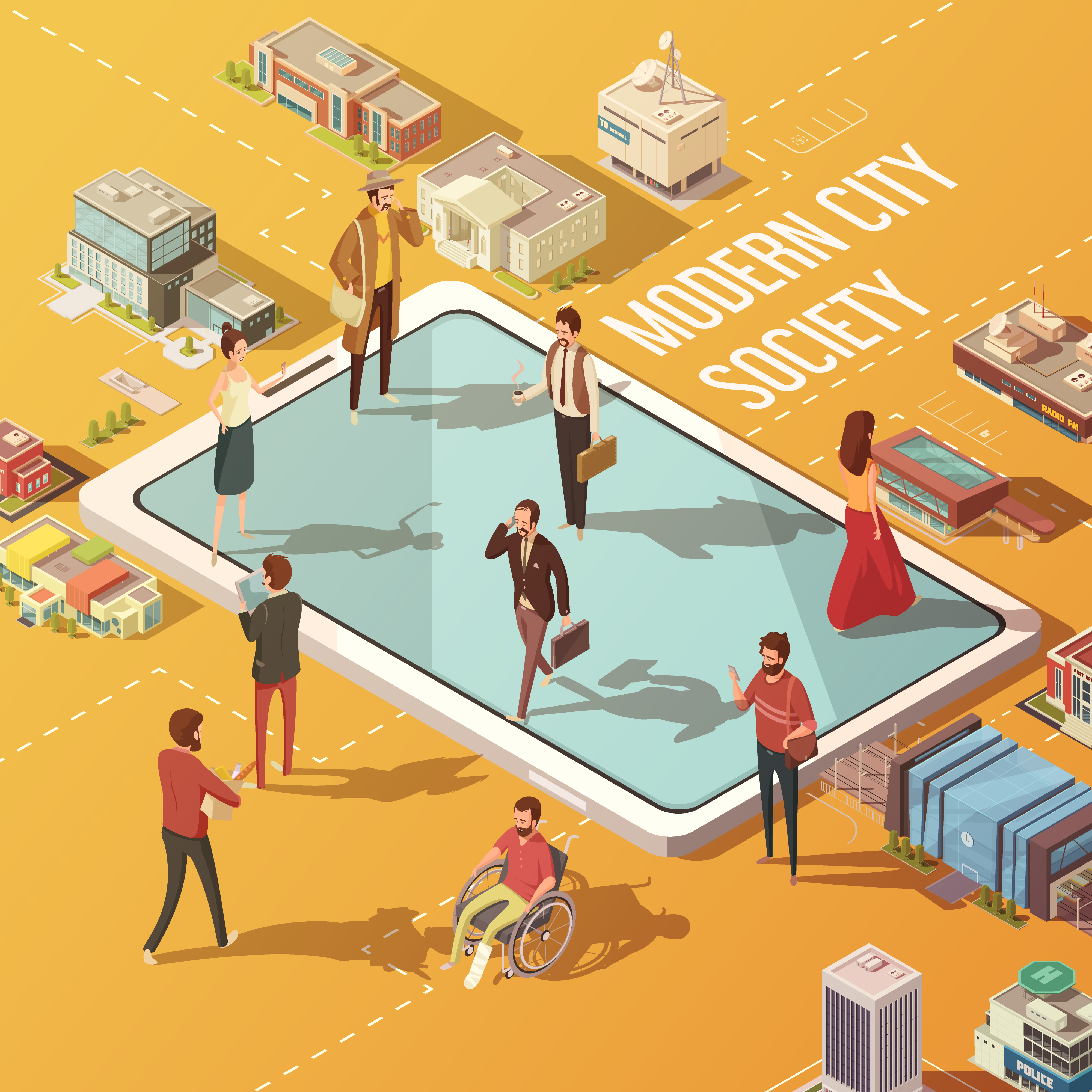Smart Cities, Smart Pairing: How Urban Communities Benefit from Compatibility Tech

When we hear the term “smart city,” we often think of high-tech infrastructure: automated transit, energy-efficient grids, and data-driven public services. But the true foundation of a smart city is not just its technology; it’s the people who live there and how well they connect with one another.
This is where Easy Pairing steps in. By introducing compatibility-driven technology into urban environments, cities can become not just efficient, but human-centered, fostering stronger connections, reducing conflict, and building more cohesive communities.
Why Human Compatibility Matters
Traditional smart city solutions focus on logistics and efficiency but often neglect the social fabric that holds communities together. Research shows that neighborhoods with strong social ties are safer, more resilient, and better equipped to face challenges. In densely populated urban areas, intentional compatibility matching ensures that residents and volunteers aren’t just coexisting; they’re thriving together.
How Compatibility Tech Shapes Urban Communities
1. Co-Living and Housing Programs
Affordable housing and co-living solutions are growing in urban centers. Yet mismatched roommates or neighbors can quickly lead to dissatisfaction. Easy Pairing uses lifestyle, communication style, and daily preferences to form better matches, turning shared housing into a stable and supportive environment.
2. Volunteer Retention in Nonprofits
Volunteer turnover is one of the biggest challenges nonprofits face. Compatibility matching pairs volunteers with opportunities that align with their values, skills, and collaboration preferences, increasing satisfaction and retention.
3. Learning and Upskilling Cohorts
Urban populations seek constant growth through workshops, classes, and training. Easy Pairing ensures learners are matched in complementary groups, fostering collaboration and building long-term professional networks.
4. Neighborhood & Civic Initiatives
Community projects; from local cleanups to safety patrols, depend on collaboration. Compatibility-driven grouping ensures that diverse participants can work together effectively, balancing expertise with cultural fit.

Why Easy Pairing Fits the Smart City Vision
Easy Pairing doesn’t stop at logistical matching like location or schedule. Its AI-driven engine considers both capability alignment (skills, expertise, availability) and cultural fit (values, leadership styles, collaboration approaches). This dual approach ensures more stable and effective matches across housing, volunteering, and civic engagement.
By embedding compatibility into city planning, communities grow stronger, more resilient, and more connected; the true hallmark of a smart city.
Building Human-Centered Smart Cities
The future of smart cities lies not just in connected devices, but in connected people. Easy Pairing ensures that urban communities evolve into spaces where technology empowers relationships, strengthens networks, and creates lasting social cohesion.

In summary: Smart cities are not just about infrastructure and automation. With Easy Pairing, compatibility-driven technology ensures residents, volunteers, and learners build meaningful connections making cities not only more efficient, but also more human-centered and resilient.